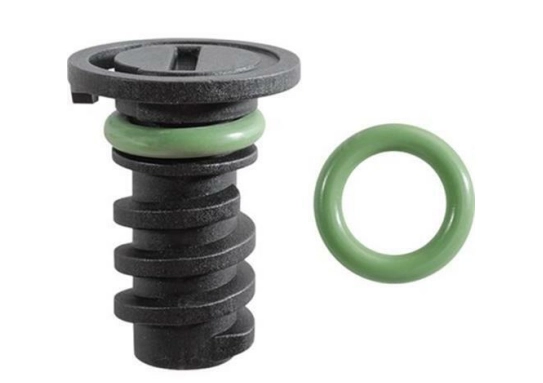shaft seal
Understanding Shaft Seals Importance, Types, and Applications
Shaft seals play an essential role in many mechanical systems by preventing the leakage of fluids and contaminants along rotating shafts. They are critical components found in various industries, including automotive, aerospace, marine, and manufacturing. In this article, we will explore the significance of shaft seals, the different types available, and their applications.
Importance of Shaft Seals
The primary function of a shaft seal is to create a barrier that prevents the escape of lubricants and the ingress of dirt, dust, or other foreign particles. This is crucial because any leakage can lead to reduced efficiency, increased wear and tear, and ultimately, equipment failure. By maintaining a proper seal, machines can operate smoothly, prolonging their lifespan and reducing maintenance costs.
In addition to keeping lubricants contained, shaft seals also help maintain pressure within the system. They are vital in applications that operate under varying pressures and temperatures. Ensuring that the seal remains intact even under extreme conditions is crucial for the reliability of the equipment.
Types of Shaft Seals
There are several types of shaft seals, each designed for specific applications and conditions. The most common types include
1. Lip Seals These are the most common type of shaft seals, featuring a flexible lip that compresses against the shaft surface. They can effectively handle low to moderate pressures and are often used in automotive and industrial applications.
2. Mechanical Seals Mechanical seals are used primarily in pumps and other high-speed rotating equipment. They consist of two main components a rotating part and a stationary part. When pressurized, these components slide against each other to create a tight seal, preventing liquid from escaping.
3. O-Ring Seals O-rings are circular seals that are commonly used in low-pressure applications. They are made from various materials, including rubber and silicone, making them suitable for different environments and temperature ranges.
shaft seal

4. Gasket Seals Gaskets are often used in conjunction with other sealing methods to provide a better seal between two flat surfaces. They can be made from a variety of materials, including cork, rubber, and metal, depending on the necessary chemical resistance and environmental conditions.
5. Radial Shaft Seals These seals are specifically designed to retain lubricants while preventing contamination. They are widely used in automotive applications, such as in the engine and transmission, due to their reliability and effectiveness.
Applications of Shaft Seals
Due to their versatility, shaft seals are utilized in a myriad of applications across different industries
- Automotive In vehicles, shaft seals are found in engines, transmissions, and wheel hubs. They play a crucial role in preventing oil leaks and ensuring that parts remain lubricated, which is vital for optimal performance.
- Aerospace In the aerospace industry, shaft seals maintain the integrity of hydraulic systems and prevent fluid loss in aircraft components. Given the high stakes involved in aviation, reliability is of paramount importance.
- Manufacturing Many manufacturing machines rely on shaft seals to protect internal components from harsh environments, dust, and debris, thereby ensuring operational efficiency.
- Marine In marine applications, shaft seals are essential for preventing water ingress in engine compartments and ensuring smooth operation of propeller shafts.
Conclusion
In summary, shaft seals are vital components that significantly influence the reliability and efficiency of mechanical systems. With various types available, selecting the appropriate seal for a specific application is crucial for maintaining performance and preventing costly repairs. As industries continue to evolve, advancements in sealing technology will likely improve the functionality and lifespan of shaft seals, further underscoring their importance in modern engineering. Understanding these components and their applications is fundamental for engineers and technicians working across diverse fields, ensuring that systems operate seamlessly and effectively.
-
Understanding the Front Main Engine Seal: Purpose, Maintenance, and Installation
News Jul.29,2025
-
Understanding O-Rings and Seal Rings: Types, Applications, and Custom Solutions
News Jul.29,2025
-
Understanding Crankshaft Oil Seals: Rear Seals, Pulley Seals, and Their Role in Engine Integrity
News Jul.29,2025
-
The Importance of Front and Rear Crankshaft Seals in Engine Performance and Oil Management
News Jul.29,2025
-
Crank Oil Seals: Functions, Types, and Cost Considerations in Engine Maintenance
News Jul.29,2025
-
A Comprehensive Guide to O-Rings and Seals: Types, Materials, and Global Applications
News Jul.29,2025
-
Mastering Diesel and Performance Engine Maintenance: A Guide to Critical Oil Gaskets
News Jul.28,2025
Products categories















